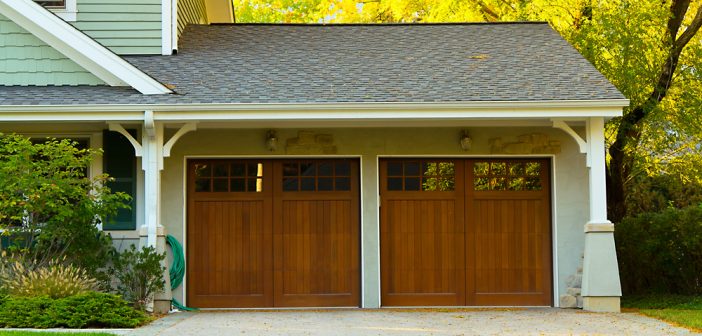With property values on the rise nationwide, home owners are looking to turn every square foot of their home into usable living space. Long the home of cars, lawn and garden equipment and seasonal items, garages are quickly being transformed into additional living space areas ranging from entertainment spaces to game rooms to full-fledged man caves. The advantage that attached garages have over other storage buildings such as sheds or detached garages is that they are generally already wired for electricity and can even be easily plumbed to offer an additional bathroom or even shower space.
Some people, however, want to do much more than just turn their garage into an “occasional space” that can still house a car and other traditional garage implements. Some homeowners want to convert their garage space into permanent extra living space or even a garage apartment. If you’re looking to pick up an additional 400 to 600 square feet or so of living space that is currently being used as a garage, here are 5 things to consider.
1. Turning your garage into a permanent living space will require a total remodel
There are a number of things you can do to convert your garage into an occasional living space without requiring permits or having to bring it up to code. If you want to permanently alter it into a functional living space, however, you will need building permits at the very least and in many cases the approval of your neighbors. If you live in a covenant controlled community or a community with an HOA, you will definitely need their approval.
If you consider yourself a handy person and think a garage conversion is something you can do on your own on weekends and holidays, think again. Like all major structural renovations, a garage remodel will require blueprints, plans and some specific details regarding how you are going to bring it up to code just to get the permit in the first place.
2. It will need to be brought up to code
In addition to needing permits, you will also need to bring your garage up to code if you want to claim it as a living space. In most areas this will require the installation of windows and possibly even a door, additional outlets and possibly even additional circuits to account for the additional load; heating, cooling and insulation and possibly even raising the floor to allow insulation and a moisture barrier to be installed.
If you want your garage to be more of an apartment than just an additional living space, you will need to install a bathroom and small kitchen/kitchenette, which will require plumbing and an appropriate septic system to handle the additional load. All in all, you can generally plan on spending about $20,000 to $50,000 to convert a standard two-car garage, with an additional $15,000 – $25,000 tacked on for a bathroom.
3. Where will you put your car?
If you convert your garage to a living space, you will still need someplace to park your car. If you plan on protecting your car from the elements, you will need covered parking, which might tack on even more to your remodeling expenses, not to mention the space you will need for the additional structure. While you may have on-street parking available, parking your car on the street increases the risk of damage or theft and may drive up your insurance rates.
In some cities, residences are required to maintain a certain number of off-street parking spaces, so converting your garage may require you to create additional space elsewhere on your property to park your car. In addition, while you may appreciate the extra living space, future buyers may want a place to put their car. While you may hope that increasing livable space increases the value of your home, in the end it may actually decrease it by trading coveted storage space for it.
4. The cost of storage may offset any financial gains
If you turn your garage into living space, you will still need a place to store items ranging from lawn and garden implements to sporting goods to seasonal decorations and other seasonal items. While you may opt to house all of these items in a local self-storage unit, the cost of the self-storage alone may end up costing you more than you gain from converting your garage to living space. If you have the space, you can always install a shed on your property, but there again, the cost has to be weighed against the benefit of the additional living space.
5. Consider a basement remodel, addition or second story instead
There may be a way to get your additional living space at roughly the same cost, or potentially even less, without giving up the valuable storage space a garage provides. In some areas, it might be possible to remove the garage roof and put on a second story living space, while in other cases adding an addition on to your home might be less expensive than a garage conversion. Of course, if you have an unfinished basement, that is a far better choice for creating extra living space than converting a garage.
There are, of course, always going to be situations in which doing a garage conversion is the best option and it can certainly be done. It is important, however, for home owners considering a garage conversion to look at the bigger picture of what all it entails. The worst scenario would be to start a remodel only to realize halfway through, when a significant amount of money had already been spent, that the remodel can’t be completed due to codes or zoning laws or any other of a wide range of reasons. As simple as it might be to do some of the work yourself, it’s always best to call in a professional contractor from the start to make sure you understand what the entire process will entail and that your garage is even eligible for conversion in the first place.









